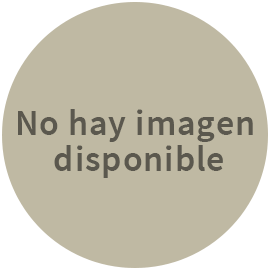Fundición
(en) In the casting process, molten metal is poured into a pair of joined molds bearing the desired coin design. When the metal has cooled, the molds are either opened or broken, and the coins removed. Post-casting finishing may involve removal of sprues (remnants of the channel used to deliver the molten metal into the mold cavity) and filing edges imperfections like seams where the molds came together.
Casting is one of the oldest coin production techniques, having the advantage of simplicity both for mold preparation and making of the coin (one step process rather than two steps of planchet preparation followed by striking). Until the industrial age casting was also the only available method for very large items, whether coins or medals, because it was impossible to deliver a sufficient striking force by forging. Compared to forging/striking processes (hammering, milling) which use high pressures to force the metal into the fine details of the design, casting produces coins with less detail. It is also more difficult to prepare items of consistent mass via casting, possibly the reason this process was more common with base metal types than silver or gold.
The best known examples of cast coins are the East Asia cash coins (China, Japan, Korea Vietnam) which were produced by casting for over 2,000 years, the potins and related types of Celtic Britain and Gaul, the large bronze Roman as, and in the modern era the pitis of Islamic Indonesian states, some base metal issues of Portuguese India, and some Morocco copper fals.
Casting is one of the oldest coin production techniques, having the advantage of simplicity both for mold preparation and making of the coin (one step process rather than two steps of planchet preparation followed by striking). Until the industrial age casting was also the only available method for very large items, whether coins or medals, because it was impossible to deliver a sufficient striking force by forging. Compared to forging/striking processes (hammering, milling) which use high pressures to force the metal into the fine details of the design, casting produces coins with less detail. It is also more difficult to prepare items of consistent mass via casting, possibly the reason this process was more common with base metal types than silver or gold.
The best known examples of cast coins are the East Asia cash coins (China, Japan, Korea Vietnam) which were produced by casting for over 2,000 years, the potins and related types of Celtic Britain and Gaul, the large bronze Roman as, and in the modern era the pitis of Islamic Indonesian states, some base metal issues of Portuguese India, and some Morocco copper fals.












